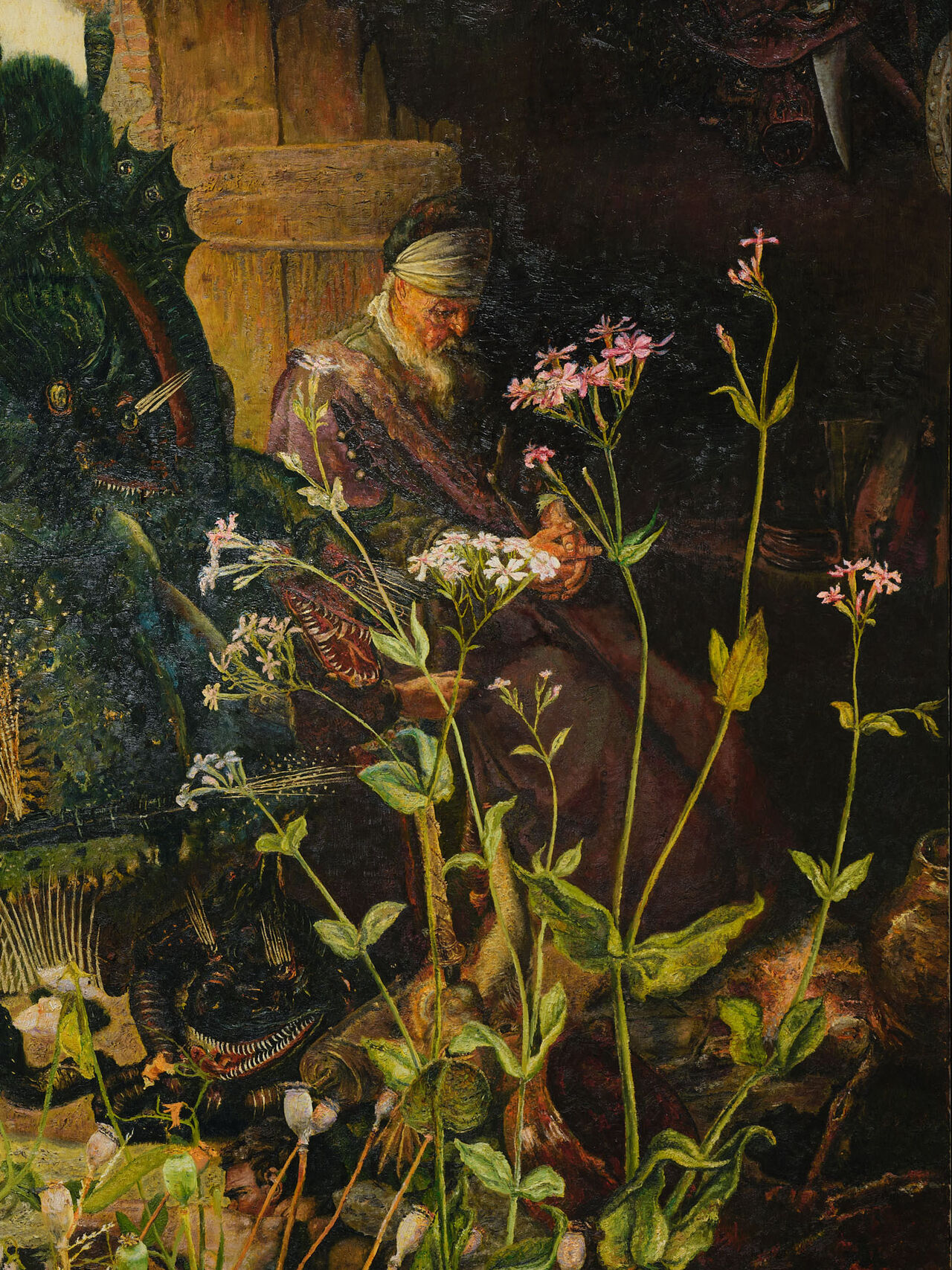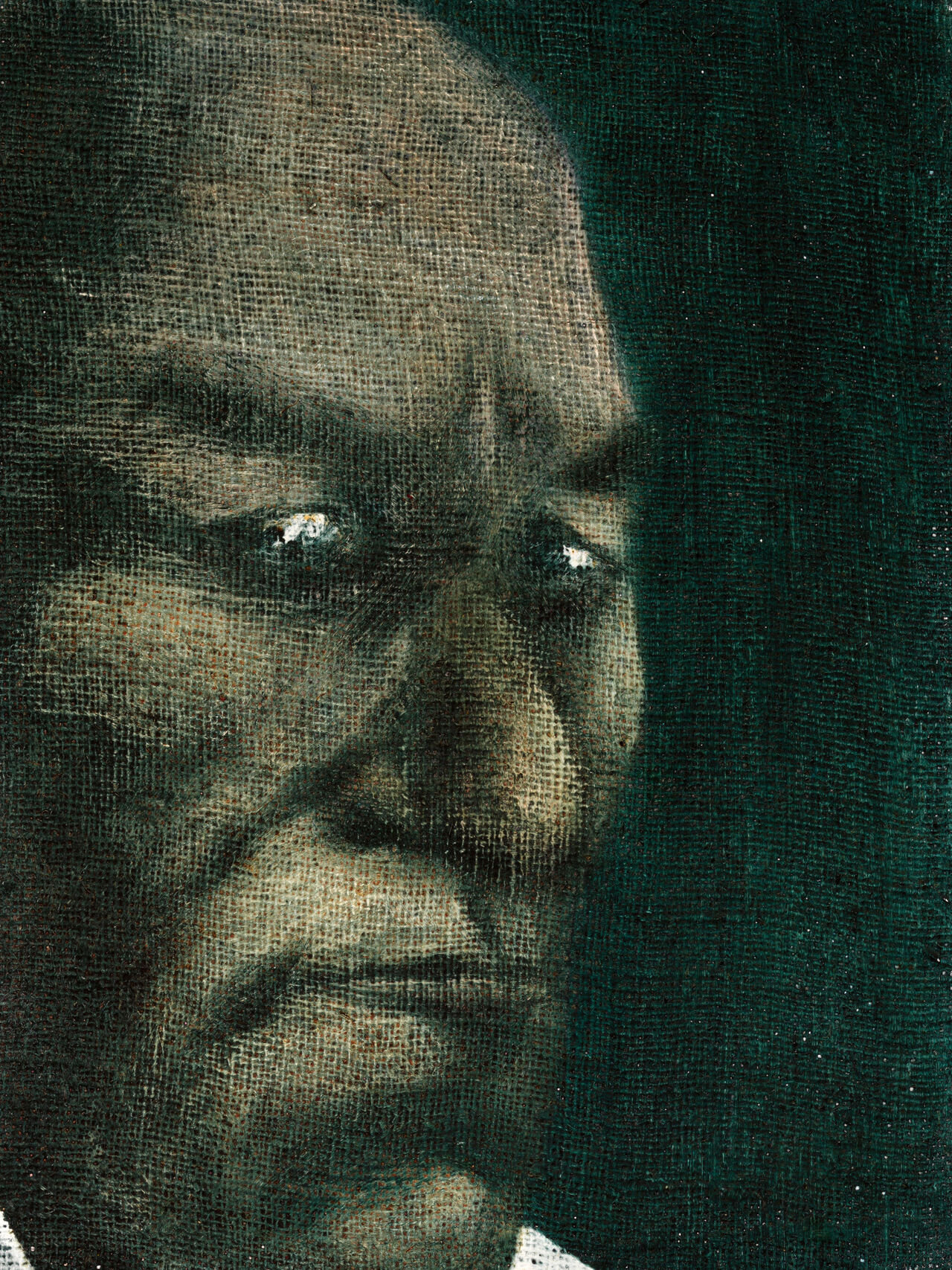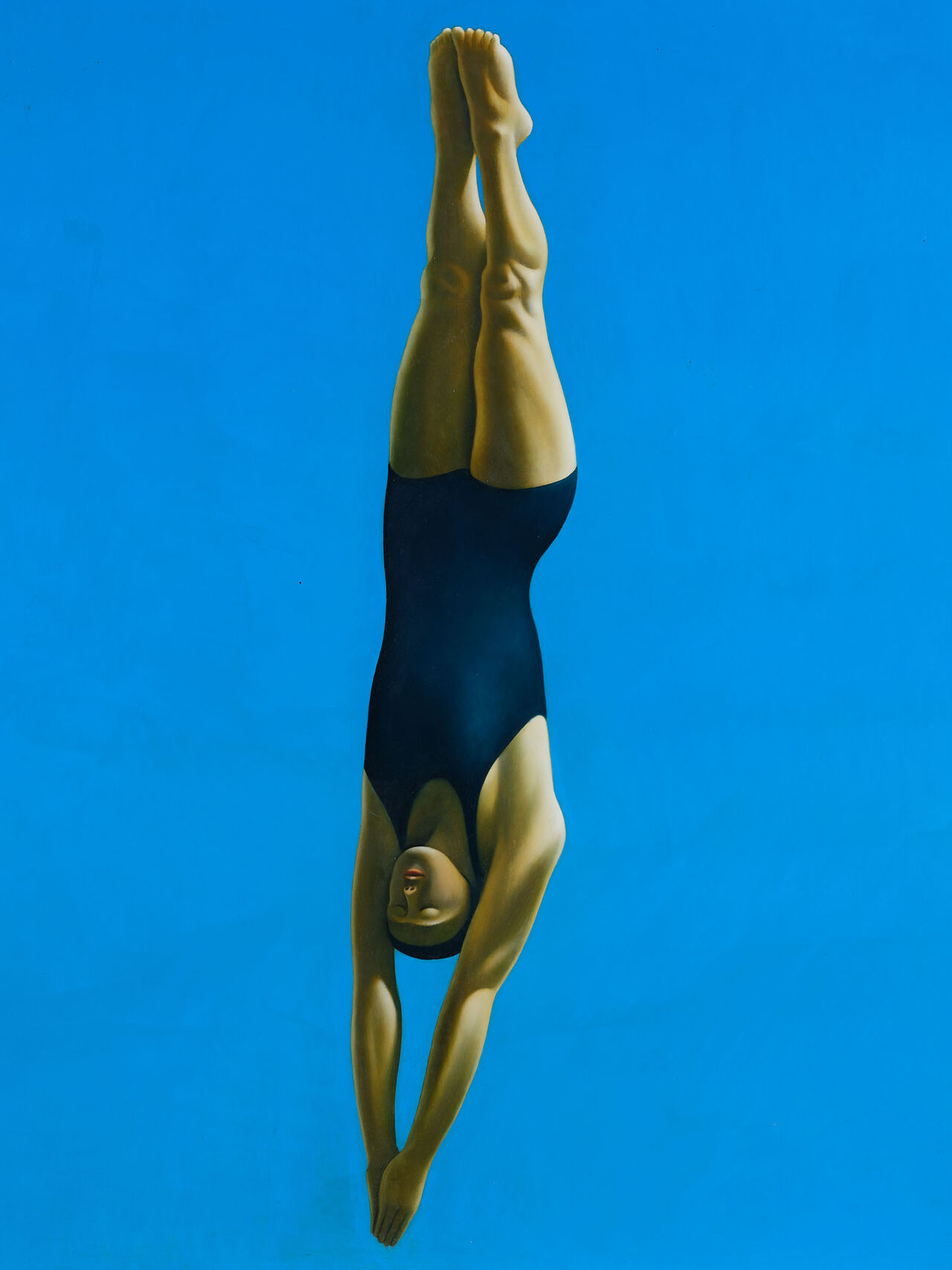Erika
Sian van Dyk
Essays
Posted on 19 February 2025
“…he had very zealous eyes—burning eyes...
We were like magnets right from the very beginning.”1
In the 1970s and early ‘80s, Peter Peryer forged his reputation with emotionally charged portrayals of his wife, Erika. These photographs of Erika, half-cloaked in shadow and glaring back at the camera, were only first brought together twenty years later in the exhibition Erika: A Portrait by Peter Peryer, curated by Justin Paton for The Dunedin Public Art Gallery in 2001. The couple had recently separated amicably, and it was Erika who spoke at the floor talks.2
An intimate book accompanied the show, where Emily Perkins aptly encapsulates these evocative portraits:
“This was life outside the humdrum, images that proved what, at sixteen, I suspected and hoped—that there were other ways of being, in this country, than hale and athletic and sporting a grin. The pictures gave off an intense romance, a doomed cinematic aspect, an acceptance of complexity in love...”3

Above image: Erika with Knives
gelatin silver print (circa. 1977)
original John. B Turner Collection label affixed verso
Illustrated: Justin Paton and Emily Perkins, Erika: A Portrait (Dunedin, 2001), p. 7.
135 x 135mm
Perkins’ disclosure speaks to the ability of Peryer’s images to remind us that there is always more to the story. Erika – Winter (1979), for example, shows the object of the artist’s affection, broodingly watching his every move. Is this a fickle lovers’ quarrel, or is it their final season? Passionate and mysterious, these photographs raise as many questions about the recipient of that stare as the person who gives it. In a later interview, Erika reveals it was from the cold of that winter day.4 Peryer was fastidious about how his subjects were posed, often putting them into uncomfortable conditions to avoid the smile we’ve come to expect of a typical portrait.
These photographs might be mistaken as solely reflective of the male gaze. But it was Erika who dressed and played the moody characters of this theatrical account of love, based—only in part— on a true story. Alexa Johnson asserts, “Erika Peryer changes with time, and Peter Peryer’s photographs record the changes. There is a complex relationship between his intuitive planning of photographs and the effect of her personality on his vision.” 5
While he focussed less on portraiture as his career developed, Peryer referred to his photographs of buildings, animals, objects and landscapes as self-portraits in their own right.6 The collaborative approach the couple took with the Erika series sowed the seeds for his quintessential compositions, making them an incredible insight into his practice. A stalwart for constructing ambiguous but obliquely relatable images, Peryer invites us into these photographs, where undoubtedly, our own relationships lurk. As Erika looks you in the eye, who is it that you see?



